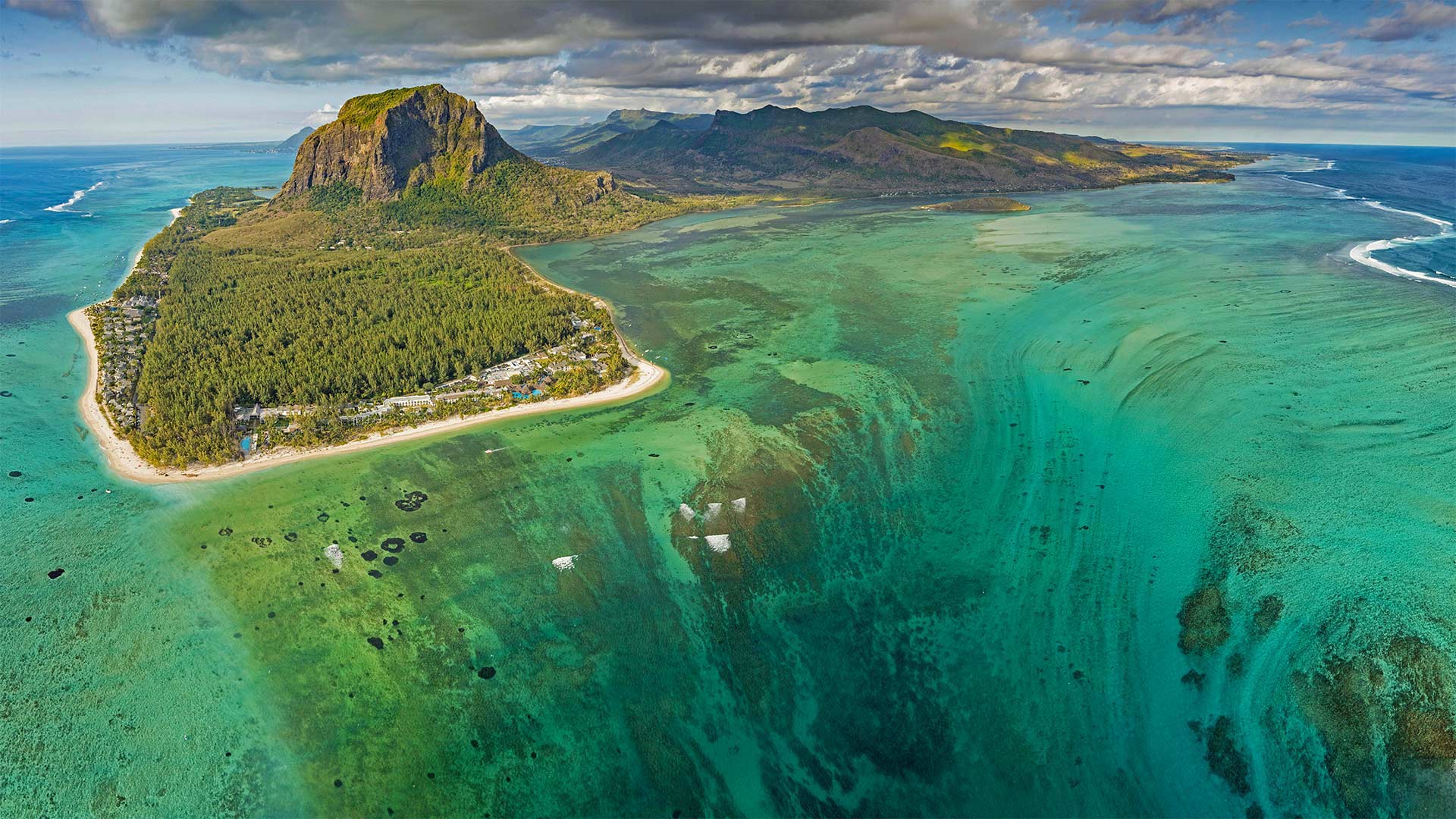Samoa, like many other Pacific Island nations, faces significant environmental and energy challenges due to its remote location, limited resources, and vulnerability to climate change. In recent years, the government of Samoa has been working on various initiatives to reduce its reliance on fossil fuels and transition towards a more sustainable and cleaner energy future. One significant project in this endeavor is the construction of a new incinerator, which is set to play a crucial role in Samoa’s clean energy initiative.
The Role of the New Incinerator
The new incinerator is a key component of Samoa’s waste management and clean energy strategy. It is designed to convert solid waste into energy, reducing the amount of waste that ends up in landfills and providing a sustainable source of power for the country. The incinerator is expected to significantly reduce the environmental impact of waste disposal and help Samoa move towards a more sustainable and circular economy.
The incinerator will be capable of processing a large volume of solid waste, including household waste, commercial waste, and industrial waste. This will help to address the growing waste management challenges in Samoa, where limited land area and increasing urbanization have put pressure on existing waste disposal facilities. By converting waste into energy, the incinerator will help to reduce the need for landfill space and mitigate the environmental and public health risks associated with improper waste disposal.
In addition to waste management, the incinerator will also contribute to Samoa’s efforts to reduce its reliance on imported fossil fuels. By generating electricity from waste, the incinerator will help to diversify Samoa’s energy sources and reduce its carbon footprint. This will contribute to the country’s overall goals of achieving energy independence and reducing greenhouse gas emissions. Furthermore, the incinerator will provide a reliable and continuous source of energy, helping to address the intermittency of renewable energy sources such as solar and wind.
The construction of the new incinerator is part of a broader effort by the government of Samoa to promote sustainable development and environmental conservation. By investing in clean energy infrastructure, Samoa is positioning itself as a leader in the region in terms of climate action and environmental stewardship. The incinerator is expected to have a significant impact on the country’s waste management practices and energy sector, demonstrating the government’s commitment to a greener and more sustainable future.
FAQs
Q: What is the incinerator’s capacity and expected output?
A: The new incinerator is designed to process up to 180 tons of solid waste per day and is expected to generate around 20 megawatts of electricity. This will significantly contribute to Samoa’s energy needs and reduce the country’s reliance on imported fossil fuels.
Q: What are the environmental benefits of the new incinerator?
A: The incinerator will help to reduce the environmental impact of waste disposal by converting solid waste into energy. This will reduce the amount of waste going to landfills, mitigating the risks of pollution and greenhouse gas emissions associated with landfill decomposition.
Q: How will the incinerator affect public health and safety?
A: The new incinerator is designed to meet stringent environmental and safety standards to ensure minimal impact on public health and safety. Modern incineration technology minimizes emissions and pollutants, providing a safe and sustainable waste management solution.
Q: What is the timeline for the construction and operation of the incinerator?
A: The construction of the new incinerator is currently underway, and it is expected to be operational within the next few years. The government of Samoa is working closely with international partners and experts to ensure the successful implementation and operation of the incinerator.
Q: Will the incinerator have any impact on recycling and waste reduction efforts?
A: The incinerator is part of a comprehensive waste management strategy that includes recycling and waste reduction measures. Its primary purpose is to convert non-recyclable waste into energy, complementing existing recycling and waste reduction initiatives.
In conclusion, the new incinerator is set to play a crucial role in Samoa’s clean energy initiative. By converting solid waste into energy, the incinerator will contribute to waste management, renewable energy generation, and environmental conservation. Its construction represents the government’s commitment to sustainable development and climate action, positioning Samoa as a leader in the region in the transition towards a cleaner and more sustainable energy future.
Samoa’s Clean Energy Initiative: The Role of the New Incinerator




